Technological Innovations
Technological advancements play a pivotal role in the Mushroom Substrate Market. Innovations in substrate formulation and production techniques are enhancing the efficiency and effectiveness of mushroom cultivation. For instance, the introduction of automated systems for substrate preparation and inoculation has streamlined operations, reducing labor costs and increasing output. Furthermore, research into mycelium growth and substrate composition is leading to the development of high-performance substrates that can significantly boost mushroom yields. The market is expected to witness a surge in demand for these advanced substrates, as producers seek to optimize their operations. This trend indicates a shift towards more sophisticated cultivation methods within the Mushroom Substrate Market, potentially attracting new entrants and fostering competition.
Sustainability Initiatives
The Mushroom Substrate Market is increasingly influenced by sustainability initiatives. As consumers become more environmentally conscious, the demand for organic and eco-friendly substrates rises. This shift is evident in the growing preference for substrates made from agricultural waste, such as straw and sawdust, which not only reduce waste but also lower production costs. The market is projected to grow at a compound annual growth rate of approximately 7% over the next five years, driven by these sustainability trends. Companies are investing in research to develop innovative substrates that enhance yield while minimizing environmental impact. This focus on sustainability is likely to reshape the competitive landscape of the Mushroom Substrate Market, as businesses that prioritize eco-friendly practices may gain a competitive edge.
Urban Agriculture Expansion
The expansion of urban agriculture is a notable driver in the Mushroom Substrate Market. As urban populations grow, the need for local food production becomes increasingly critical. Mushroom cultivation, which can be conducted in limited spaces, is gaining traction among urban farmers. This trend is supported by initiatives promoting local food systems and reducing food miles. The Mushroom Substrate Market is likely to benefit from this urban farming movement, as more individuals and businesses seek to cultivate mushrooms in urban settings. The convenience of using ready-to-use substrates tailored for small-scale operations is also contributing to this growth. As urban agriculture continues to evolve, the demand for specialized substrates is expected to rise, further propelling the market.
Health and Nutritional Awareness
Growing health and nutritional awareness is significantly impacting the Mushroom Substrate Market. Mushrooms are recognized for their health benefits, including high nutritional value and potential medicinal properties. As consumers increasingly seek healthier food options, the demand for mushrooms is on the rise, consequently driving the need for effective substrates. The market is projected to expand as producers respond to this trend by developing substrates that enhance the nutritional profile of mushrooms. Additionally, the rise of plant-based diets is likely to further boost mushroom consumption, creating a favorable environment for the Mushroom Substrate Market. This heightened awareness around health and nutrition may lead to increased investments in research and development, fostering innovation in substrate technology.
Economic Viability of Mushroom Farming
The economic viability of mushroom farming is a crucial driver for the Mushroom Substrate Market. As the demand for mushrooms continues to grow, more farmers are recognizing the profitability of mushroom cultivation. The relatively low initial investment required for mushroom farming, combined with the quick turnaround time for crops, makes it an attractive option for both new and existing farmers. This economic incentive is likely to lead to an increase in the number of mushroom farms, thereby driving demand for substrates. Furthermore, the Mushroom Substrate Market may see a diversification of substrate products tailored to meet the specific needs of various mushroom species. This trend suggests a robust future for the industry, as economic factors continue to encourage mushroom farming as a viable agricultural practice.


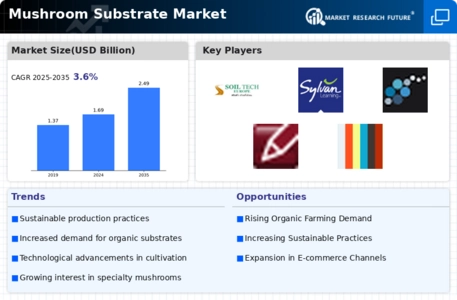
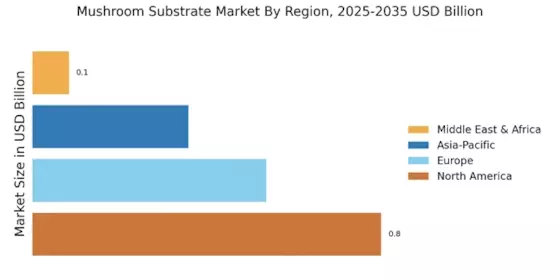

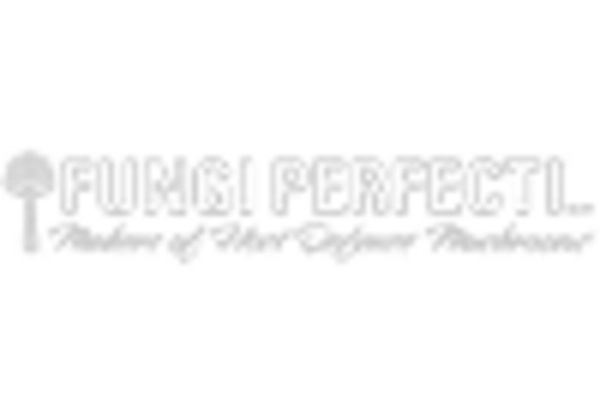
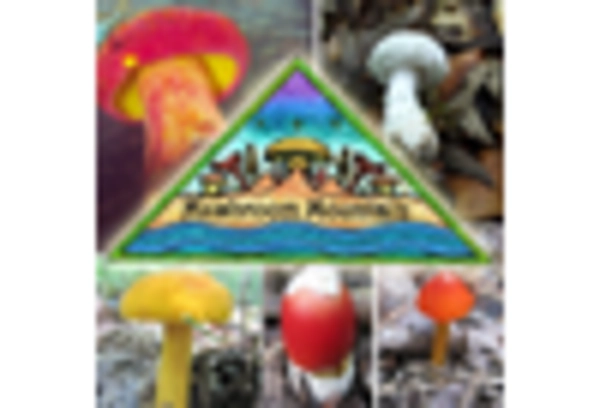
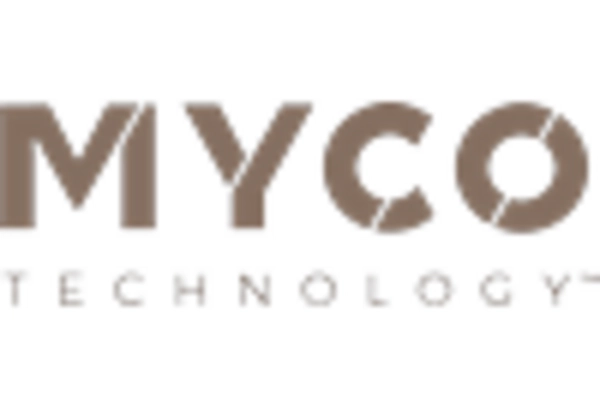










Leave a Comment